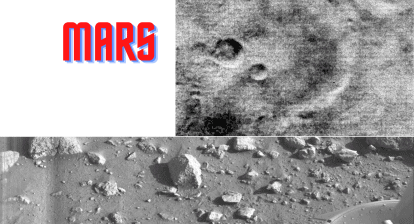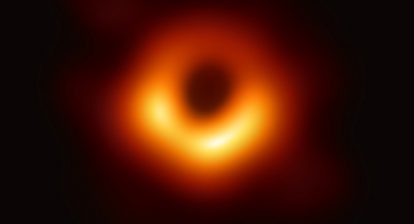This is so cool! A group of astronomers, have identified one of the longest known structures in the Milky Way. It stretches some 3900 light-years and consists almost entirely of atomic hydrogen gas. This filament, called “Maggie”, could represent a link in the matter cycle of the stars. Analysing the measurements suggests that the atomic gas in this lane converges locally to form molecular hydrogen. When compressed in large clouds, this is the material from which stars eventually form.
![This image shows a section of the side view of the Milky Way as measured by ESA’s Gaia satellite. The dark band consists of gas and dust, which dims the light from the embedded stars. The Galactic Centre of the Milky Way is indicated on the right of the image, shining brightly below the dark zone. The box to the left of the middle marks the location of the “Maggie” filament. It shows the distribution of atomic hydrogen. The colours indicate different velocities of the gas. [less] Image: ESA/Gaia/DPAC, CC BY-SA 3.0 IGO & T. Müller/J. Syed/MPIA](https://www.360onhistory.com/wp-content/uploads/2022/01/mpia-pr_maggie_syed_2021_teaser_16x9-scaled.jpg)
This image shows a section of the side view of the Milky Way as measured by ESA’s Gaia satellite. The dark band consists of gas and dust, which dims the light from the embedded stars. The Galactic Centre of the Milky Way is indicated on the right of the image, shining brightly below the dark zone. The box to the left of the middle marks the location of the “Maggie” filament. It shows the distribution of atomic hydrogen. The colours indicate different velocities of the gas.
Image: ESA/Gaia/DPAC, CC BY-SA 3.0 IGO & T. Müller/J. Syed/MPIA

This image corresponds to the box in the figure with the overview of the Milky Way. In addition to the distribution of atomic hydrogen, the colours indicate different velocity ranges of the gas as measured by the observations of the THOR survey. The “Maggie” filament is visible in the lower area.
Image: T. Müller/J. Syed/MPIA

This false-colour image shows the distribution of atomic hydrogen measured at a wavelength of 21 cm. The red dashed line traces the “Maggie” filament. Image: J. Syed/MPIA
Source: J. Syed, J. D. Soler, H. Beuther, et al. The “Maggie” filament: Physical properties of a giant atomic cloud Astronomy & Astrophysics (2021) https://www.mpia.de/news/science/2021-16-maggie






